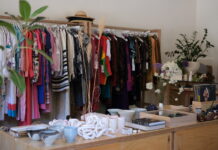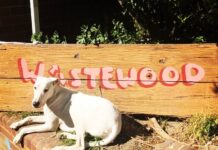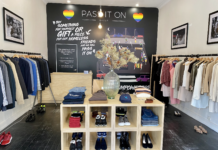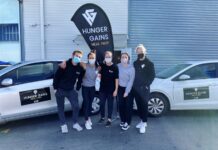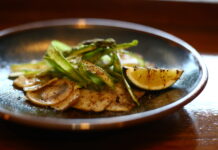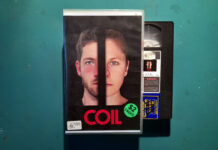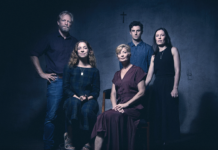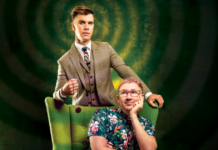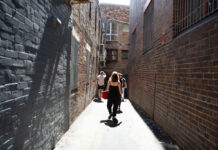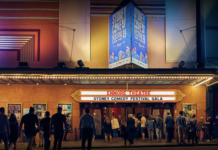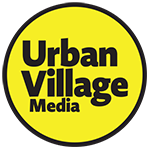There is a new type of definition for a contemporary artist emerging from a variety of backgrounds sharing a philosophy of creative and moral responsibility to culture, people and the environment.
The Biennale of Sydney (BOS) has invited feature ‘participants’ rather than ‘artists’ in a push to extend the realm of visual art practices. 59 participants from 33 countries have been announced for their inclusion in 2022, and their challenge is to answer the question: ‘If we can recognise that a river has a voice, what might it say?’
“This edition of the Biennale will be all about our connections, and disconnections with water, and as a result, with each other.” Barbara Moore, CEO, Biennale of Sydney.
The Sydney waterways of the Gadigal and Burramattagal people is where the 23rd Biennale of Sydney, will share in a dialogue of interrelated ideas. The theme rivus, is Latin for ‘stream’, which will culminate in a series of conceptual wetlands and imagined ecosystems, populated artworks, public programs, experiments, research and activism.
There are nine wetlands in the Sydney Basin Bioregion, which extends 350kms and includes three ecological communities: Castlereagh Scribbly Gum Agnes Woodlands; Edlerslie Banksia Scrub Forest and Cooks River, Castlereagh Ironbank Forest are vulnerable to habitat loss from urban development.
The great Murray Darling river system is struggling with dramatic reductions in flow and human over use. Enormous fish kills in the Menindee Lakes that link to the Darling have occurred in the last few years.
Indigenous people’s relationship with water has always been essential, as waterways provide a sustainable source of food and materials for the community. A conundrum for people of the river is how they are to share a dwindling resource, to seek a more equitable way of sharing what may be in a nation’s flow of social and economic life.
There is something counter-intuitive about the shifting of terminology of language from the professional position of artist to participant, a person who takes part in something. BOS is considered to be Australia’s largest and most attended visual arts event. Founded in 1973, it is the first arts Biennale in the Asia-Pacific region.
The narrative outcomes now streaming are perhaps being guided by commercial agendas promulgated from arts institutions concerned for long-term ethical sponsorship and by the Government implementing a double university fees policy for art students’ education versus science over any direction towards sustainable employment for artists. JobKeeper has terminated, and an artist applying for JobSeeker is not a recognised professional status. A self-described ‘participant’ as a self-employed artist in a competitive job market would face less job prospects.
Artists and the art they make, have a role to help us regard the dangers we face. It is our role to encounter, experience, engage, contribute and participate in this cultural exchange.

